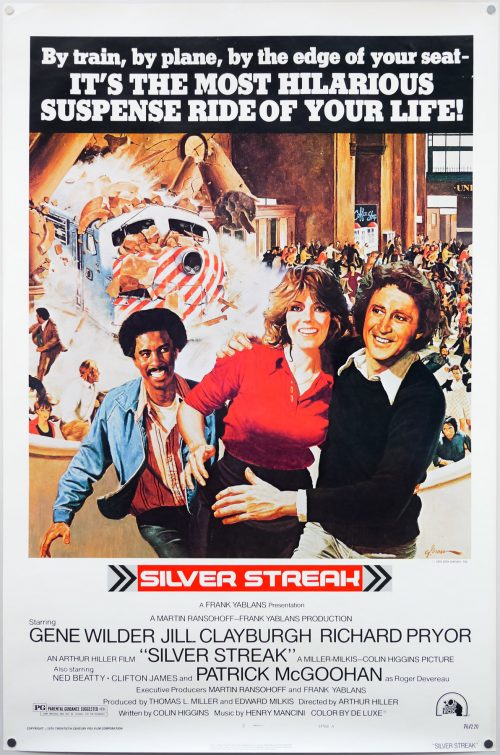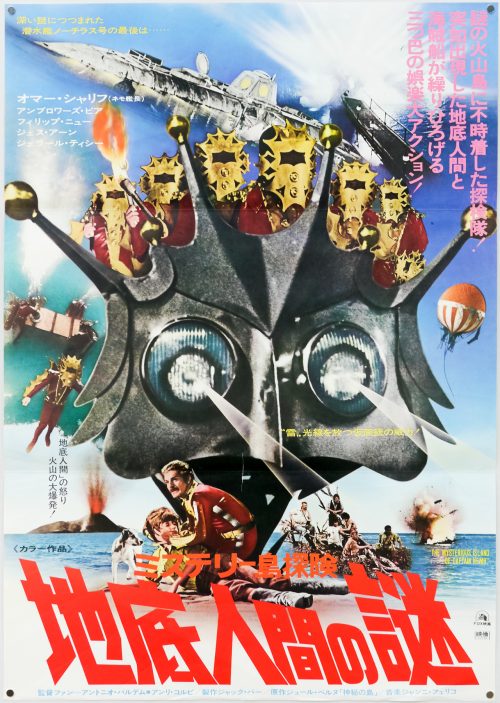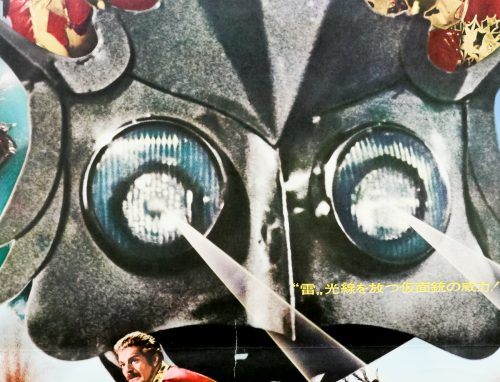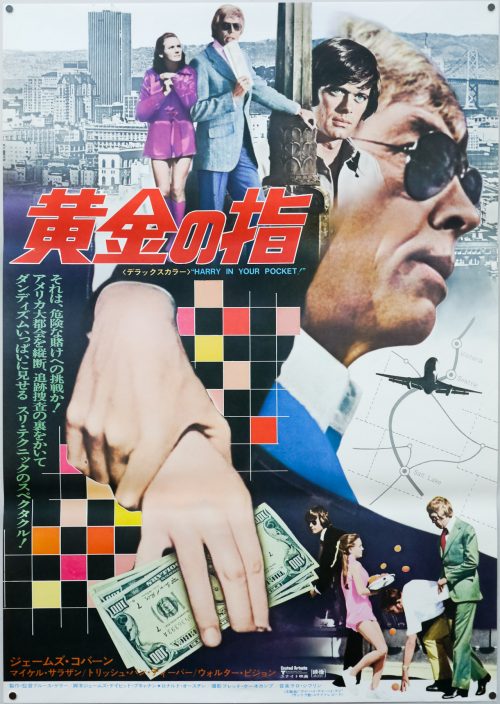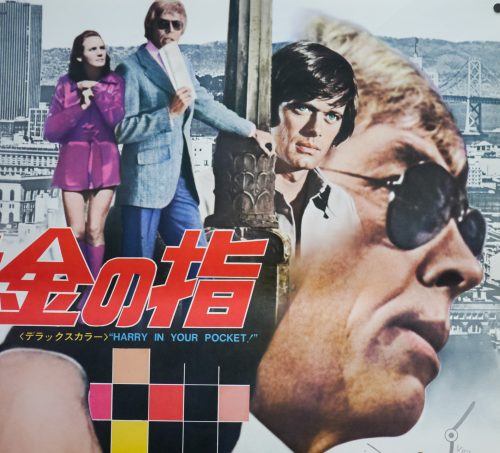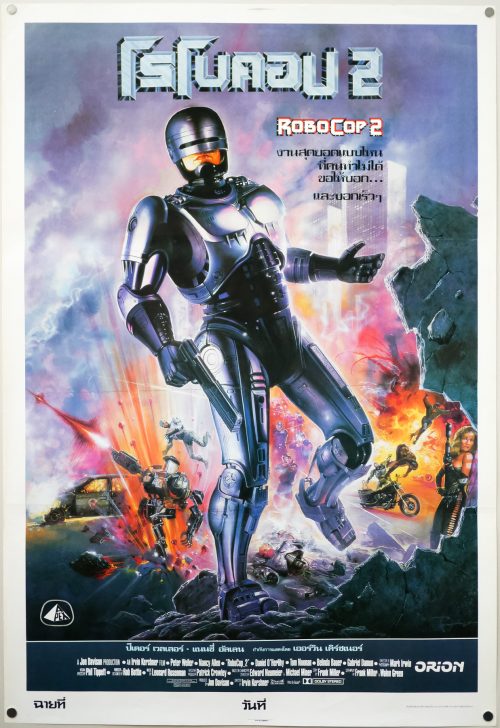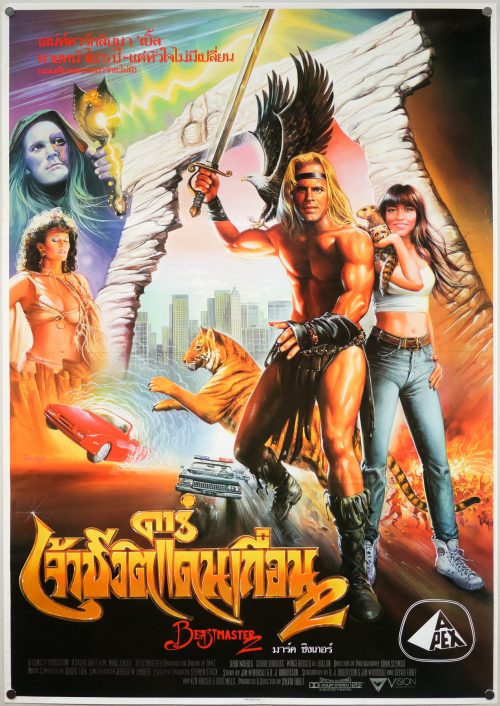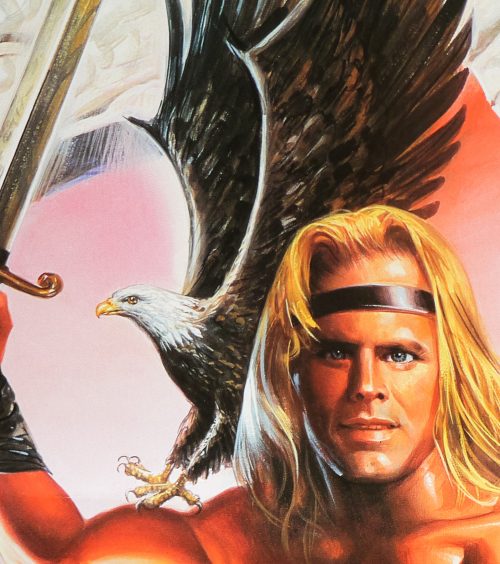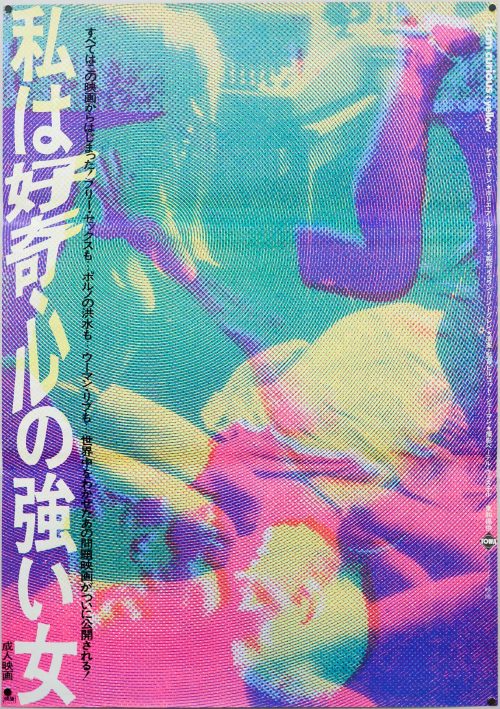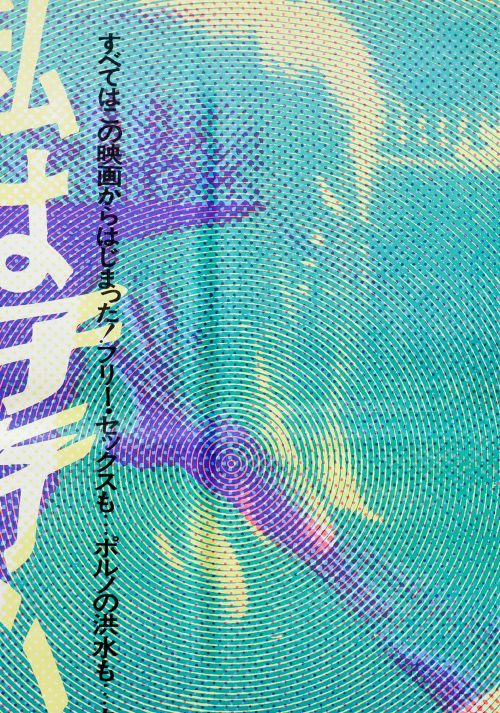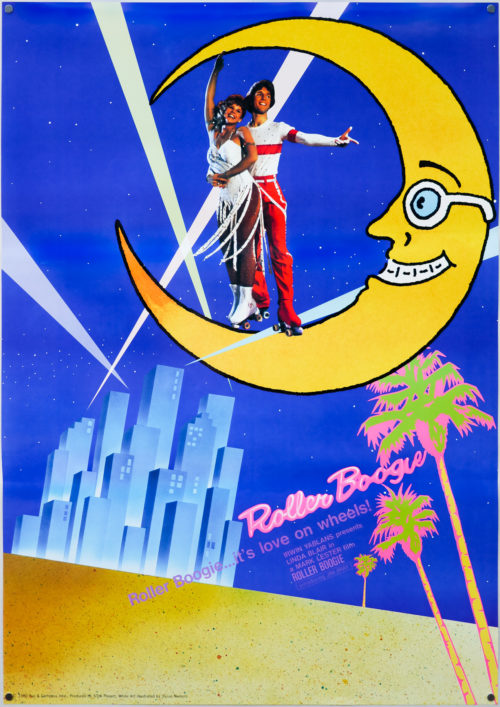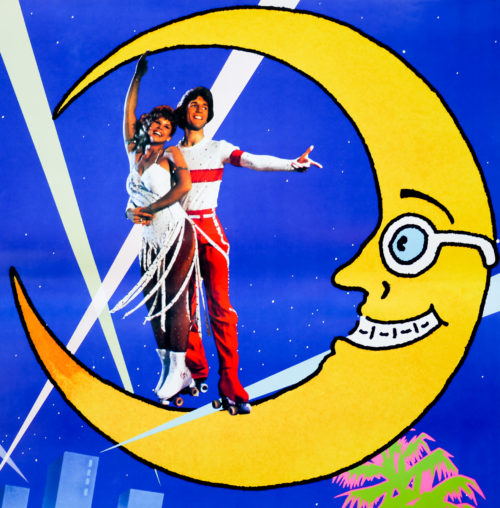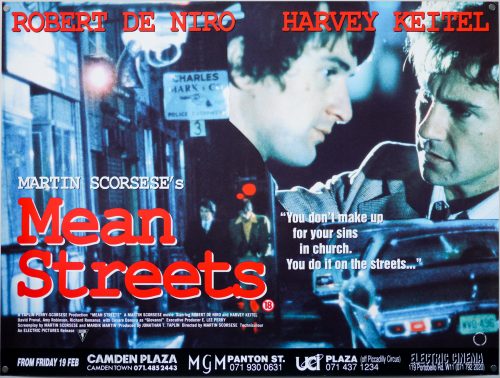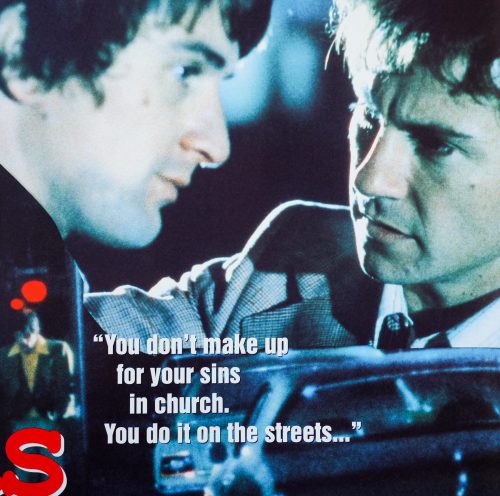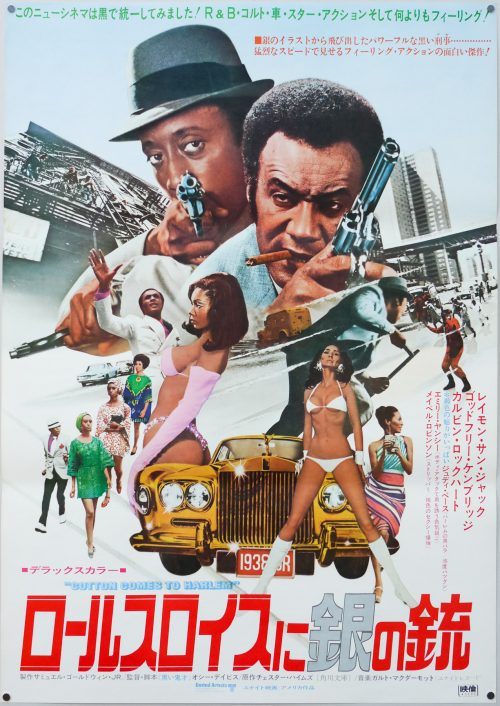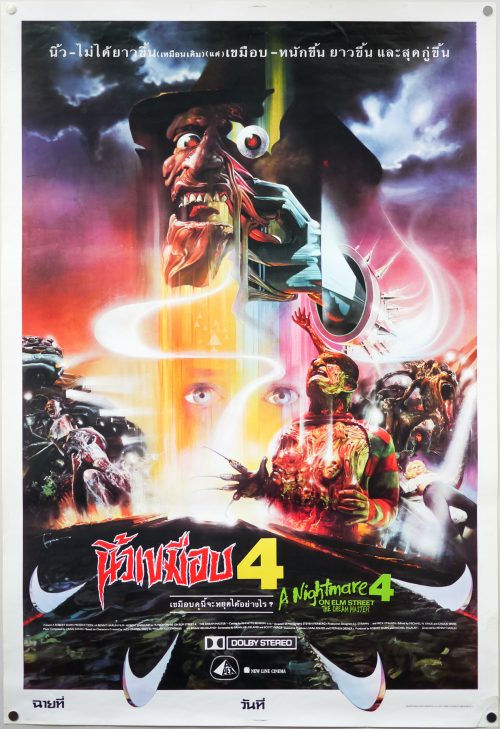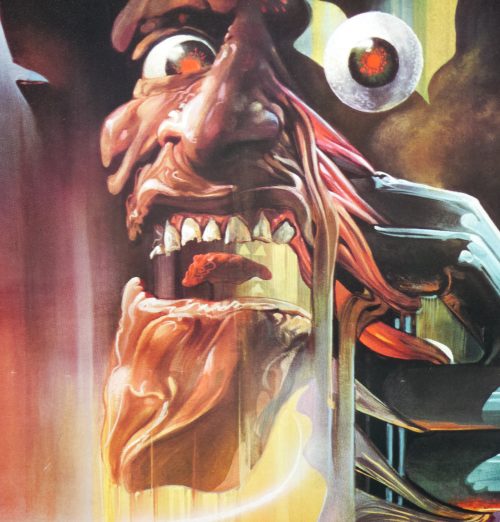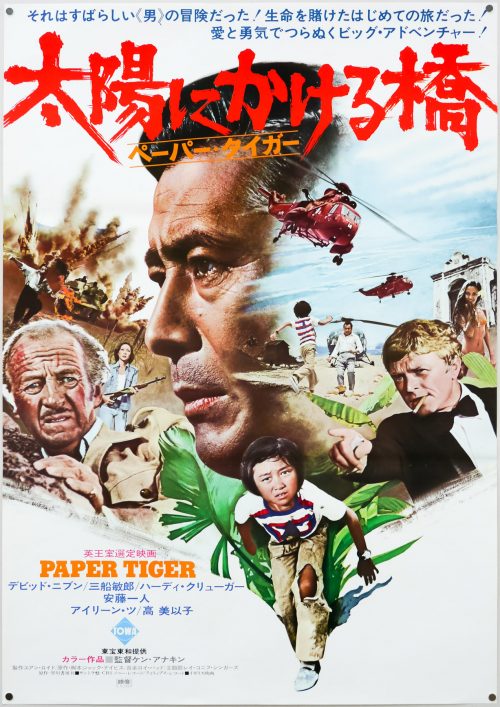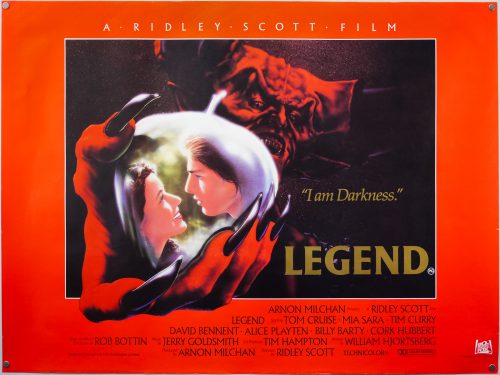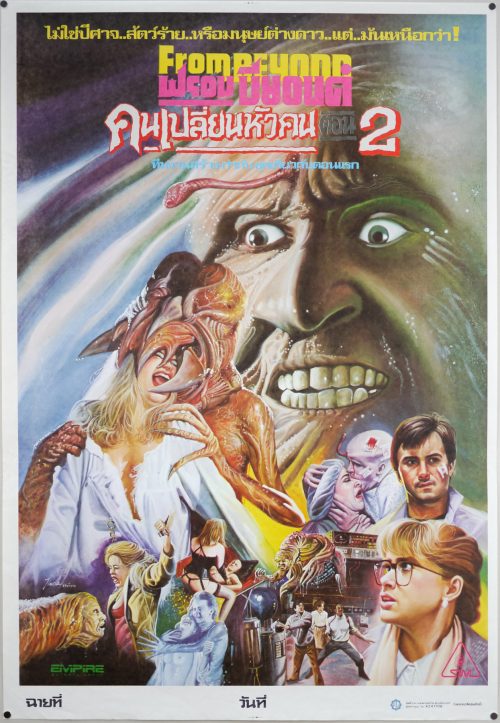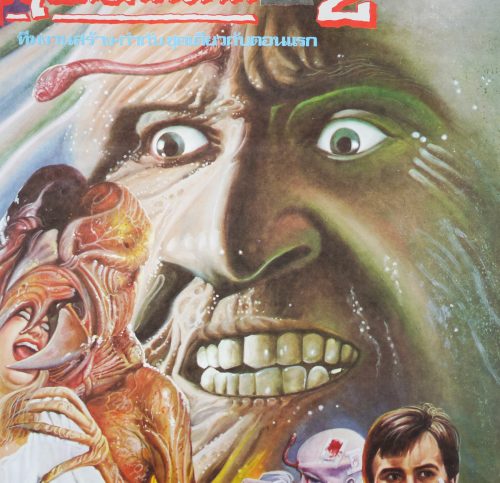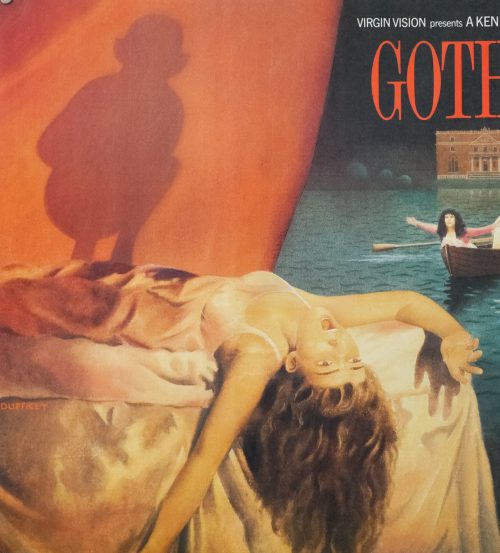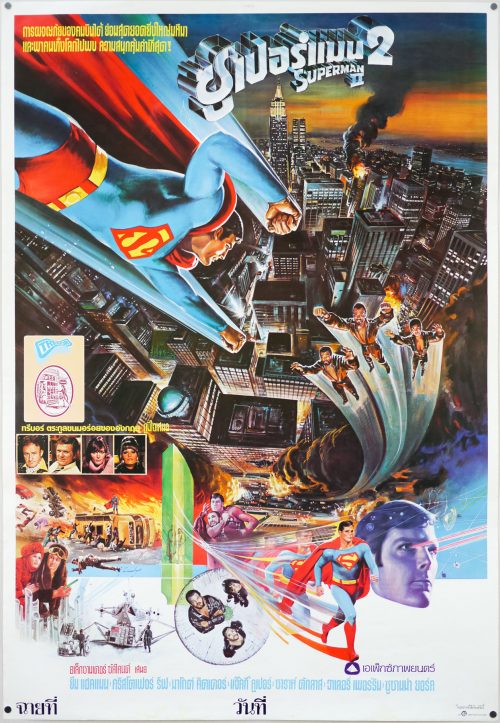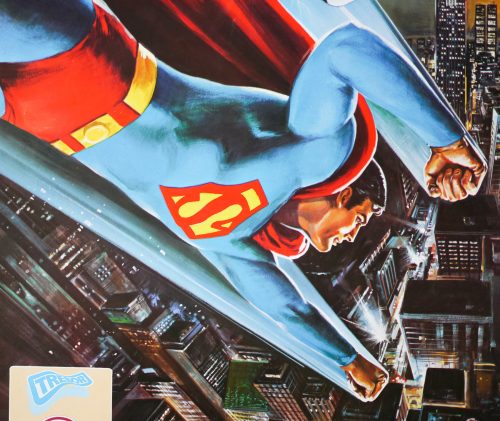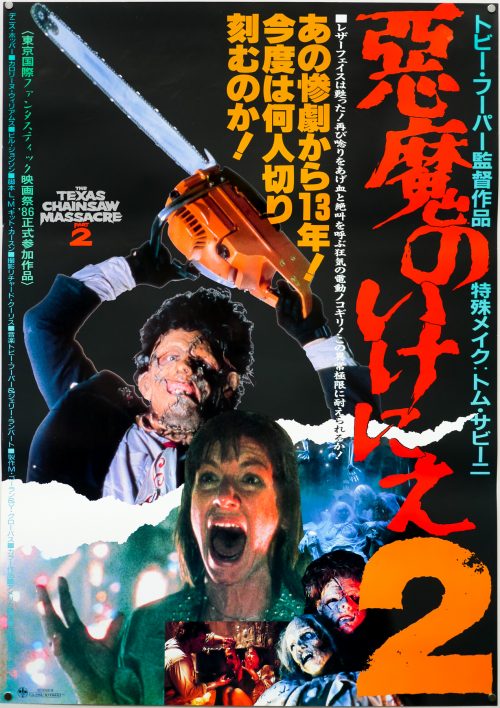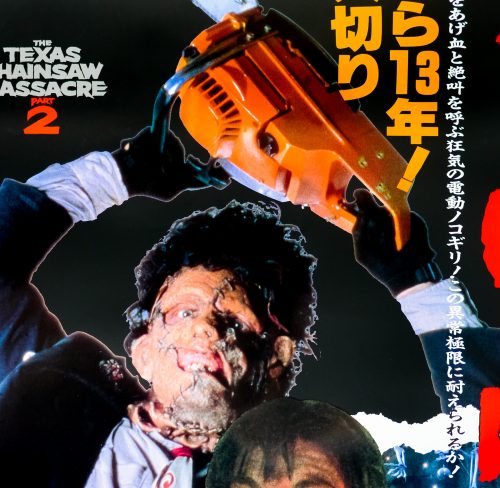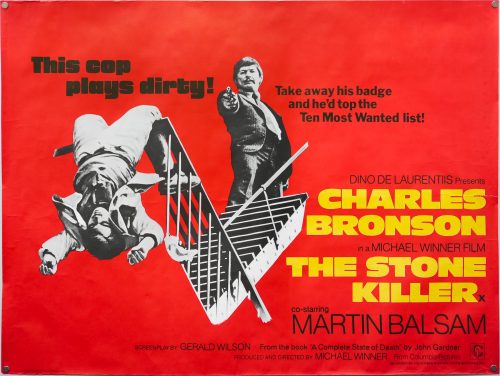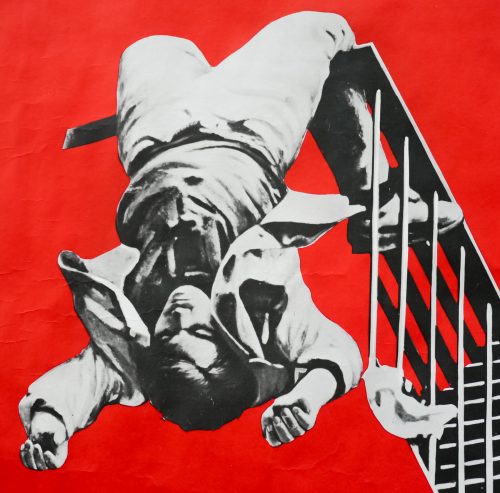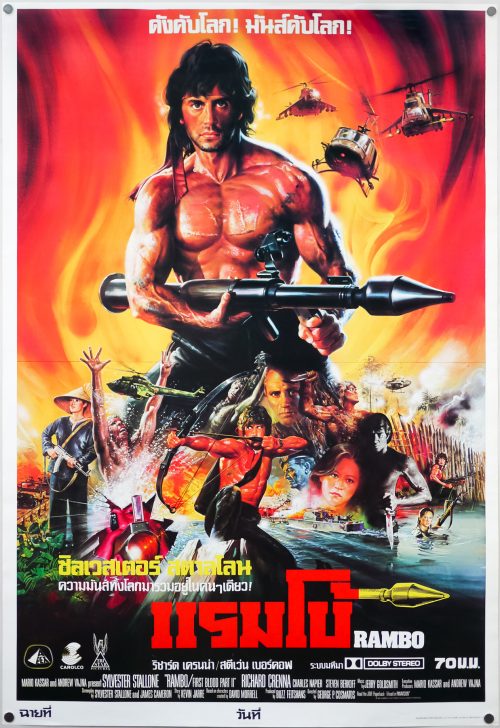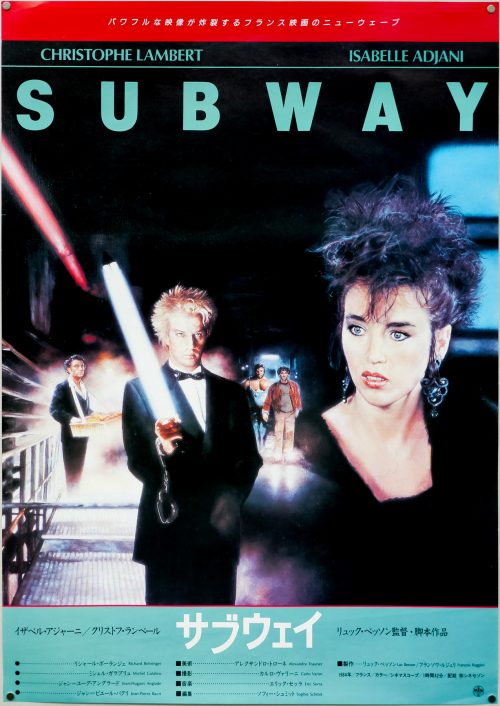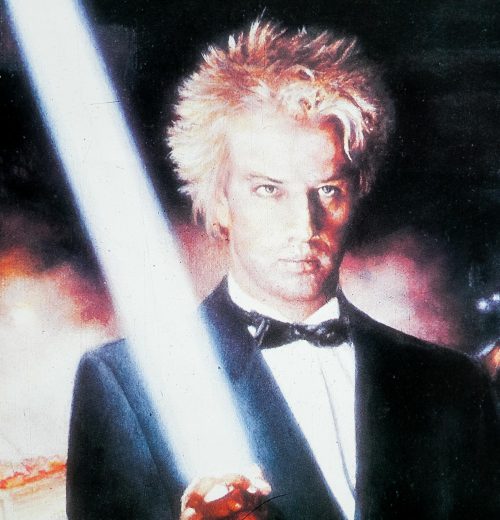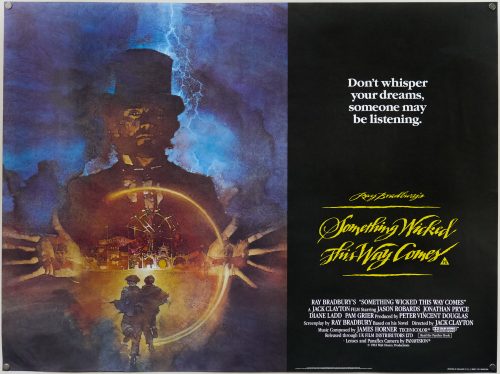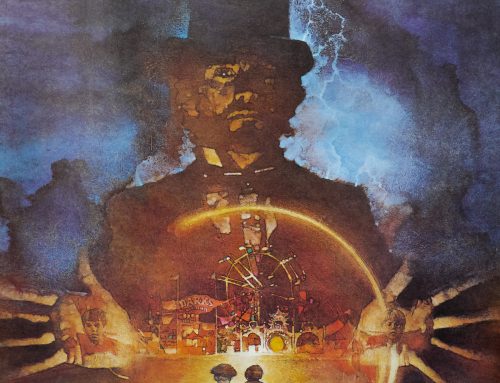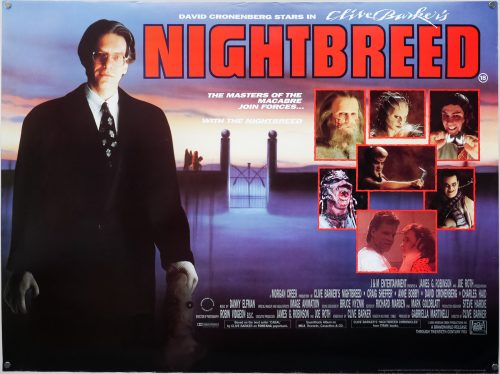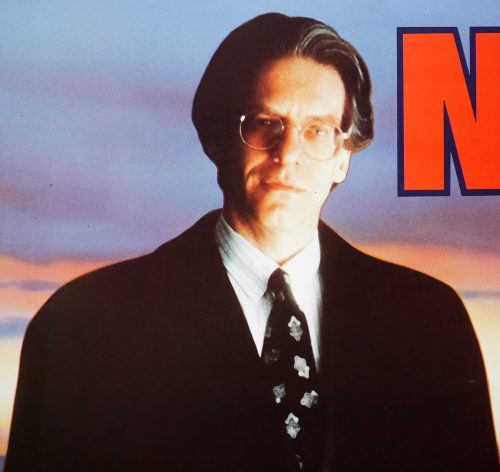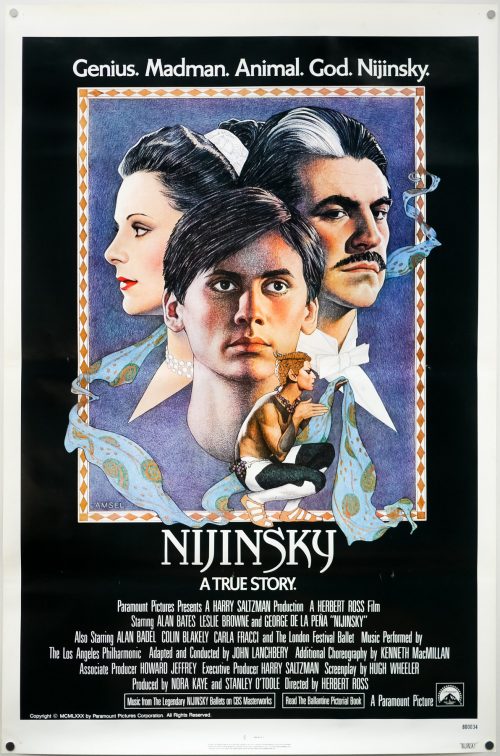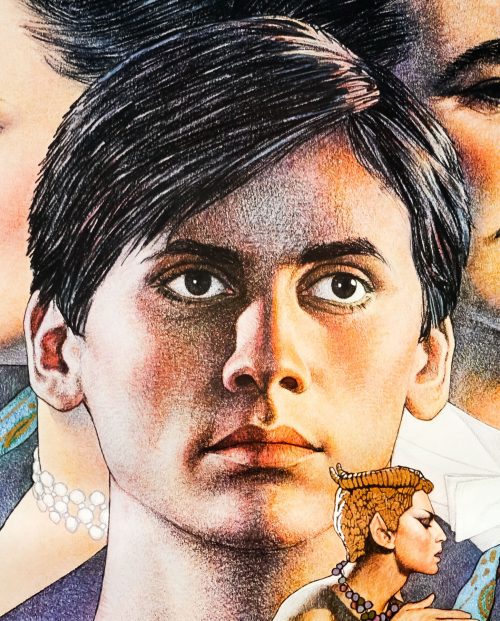- Title
- Silver Streak
- AKA
- --
- Year of Film
- 1976
- Director
- Arthur Hiller
- Starring
- Gene Wilder, Jill Clayburgh, Richard Pryor, Patrick McGoohan, Ned Beatty, Clifton James, Ray Walston, Stefan Gierasch, Len Birman, Valerie Curtin, Lucille Benson, Scatman Crothers, Richard Kiel, Fred Willard
- Origin of Film
- USA
- Genre(s) of Film
- Gene Wilder, Jill Clayburgh, Richard Pryor, Patrick McGoohan, Ned Beatty, Clifton James, Ray Walston, Stefan Gierasch, Len Birman, Valerie Curtin, Lucille Benson, Scatman Crothers, Richard Kiel, Fred Willard,
- Type of Poster
- One sheet
- Style of Poster
- Style A
- Origin of Poster
- USA
- Year of Poster
- 1976
- Designer
- Unknown
- Artist
- George Gross
- Size (inches)
- 27 2/16" x 41"
- SS or DS
- SS
- NSS #
- 76/200
- Tagline
- By plane, by train, by the edge of your seat, it's the most hilarious suspense ride of your life!
Silver Streak, a 1976 comedy thriller, marked the first time that the celebrated comic actors Gene Wilder and Richard Pryor would appear together in a film and there would be a further three pairings following this one. Directed by Arthur Hiller, who would helm See No Evil, Hear No Evil starring Wilder and Pryor 13 years later, the film is mostly set onboard the eponymous long distance train. Wilder plays George Caldwell a book editor who is traveling from Los Angeles to Chicago for his sister’s wedding. Whilst onboard he meets Hilly (Jill Clayburgh) and the pair strike up a romance, but soon George is battling to stay alive after he witnesses the murder of an art historian and attracts the attention of the killers.
The gang plan to impersonate the dead historian in order to pass of a pair of forged Rembrandt paintings as original. George is forcefully removed from the train several times and it’s during one of these escapades that he meets the criminal Grover T. Muldoon (Pryor) who he enlists in helping him reach the train to climb back onboard and bring the conspiracy to light. As this poster artwork suggests, the film ends in a spectacular train crash.
The artwork is by George Gross, an American who is best known as an artist of pulp book covers but, as this short biography details, he also worked on magazine illustrations and covers for popular novels. The artist was born in 1909 in Brooklyn and he followed his father into the area of commercial illustration, with both of his siblings eventually making it a proper family affair. This site has a gallery of his pulp covers. I’ve been unable to determine if he painted any other film posters so please get in touch if you know of any others.
It’s worth noting that the central figures have been rather crudely cut out and placed over the background scenes, which have also been cut up in places (see if you can spot the replicated policeman).
